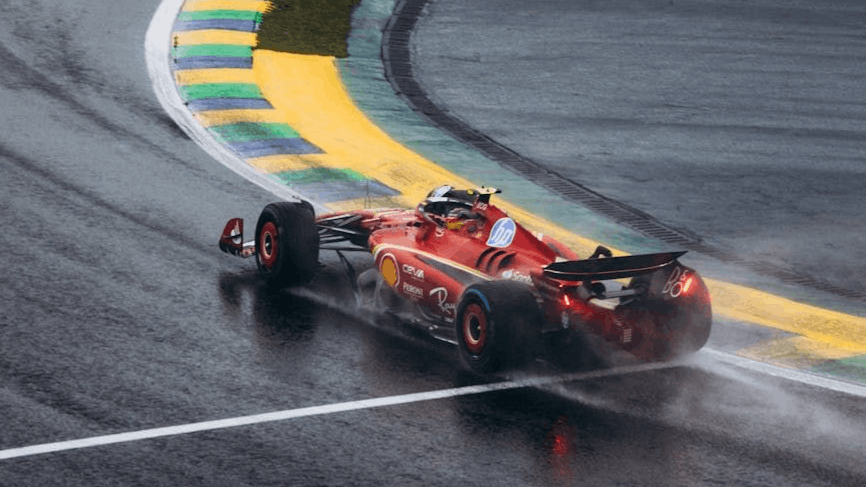
"Race strategy has traditionally relied on human knowledge and basic simulation. In recent years, AI has started to play a larger role in this decision-making process. A model called Race Strategy Reinforcement Learning (RSRL) was evaluated using a simulation of the 2023 Bahrain Grand Prix. In this test, RSRL was compared directly to a traditional Monte Carlo, more simplistic, 'set in stone' based approach. The result: RSRL selected more effective tyre strategies on average and produced more consistent outcomes across repeated simulations."
"Tyre degradation and pit timing are critical to race success. To improve accuracy in this area, researchers developed a model called EDNN. Trained on telemetry from the 2015-2022 seasons, the model predicts when drivers should pit and how tyre wear will evolve based on race conditions. In addition, a separate project used LSTM and GRU neural networks to estimate tyre energy levels in real time. This allows teams to forecast grip, degradation, and the risk of overextending tyre stints under changing conditions, including safety car periods."
"Both models enable faster, data-driven strategy calls during live races, especially when unpredictable elements arise. The model's decisions were also explainable. It provided transparent reasoning for each choice using counterfactuals and decision-tree logic, helping engineers understand not just the outcome, but the logic behind it."
Artificial intelligence and machine learning are significantly altering how Formula 1 teams plan and react, especially in race strategy, tyre management, and driver interactions. A model called Race Strategy Reinforcement Learning (RSRL) has demonstrated superior tyre strategies compared to traditional methods. Meanwhile, models like EDNN and neural networks facilitate real-time predictions on tyre wear and pit stop timing. These innovations empower teams to make quicker, data-driven decisions while retaining clarity on the reasoning behind AI-generated strategies, ultimately enhancing competitive performance.
Read at Hackernoon
Unable to calculate read time
Collection
[
|
...
]